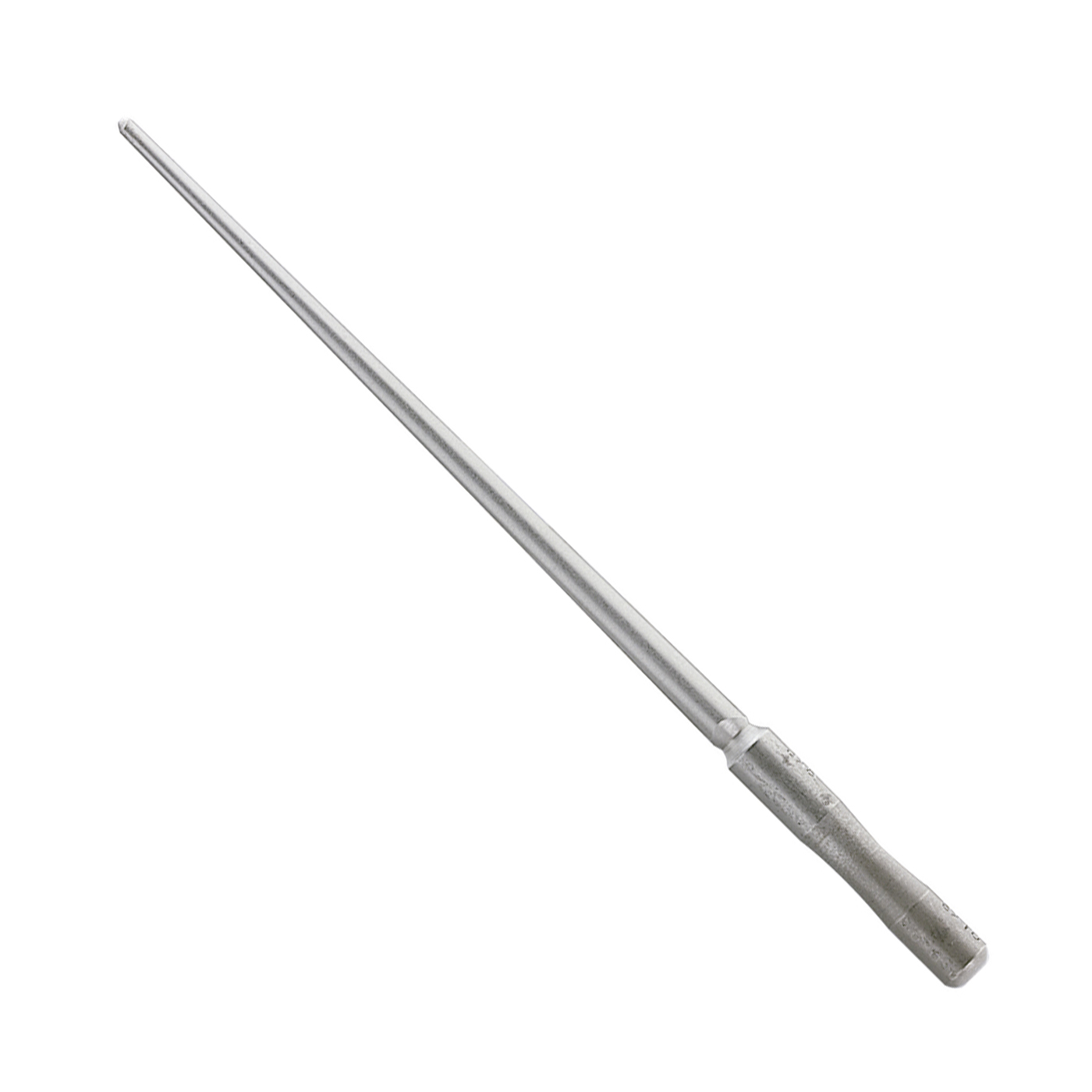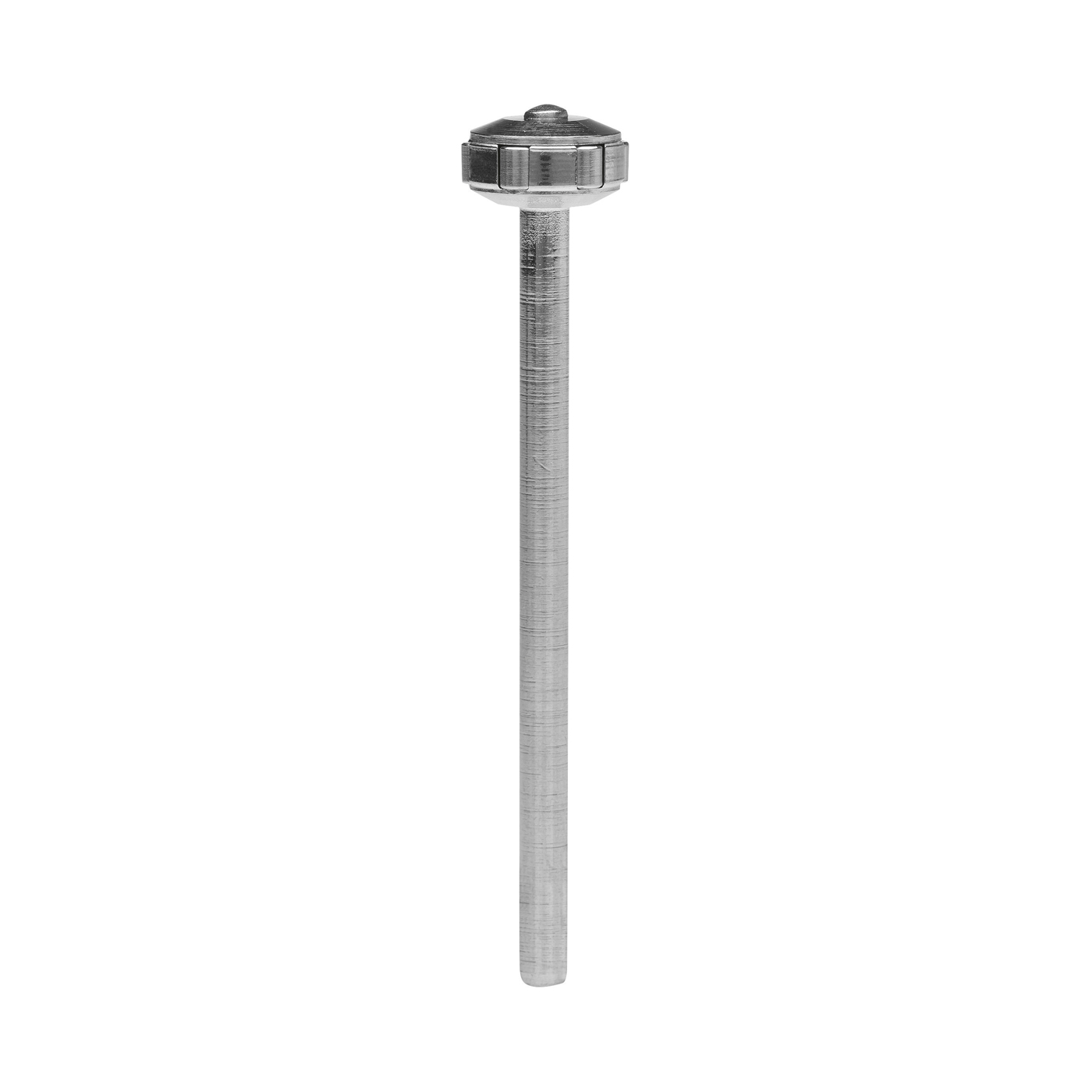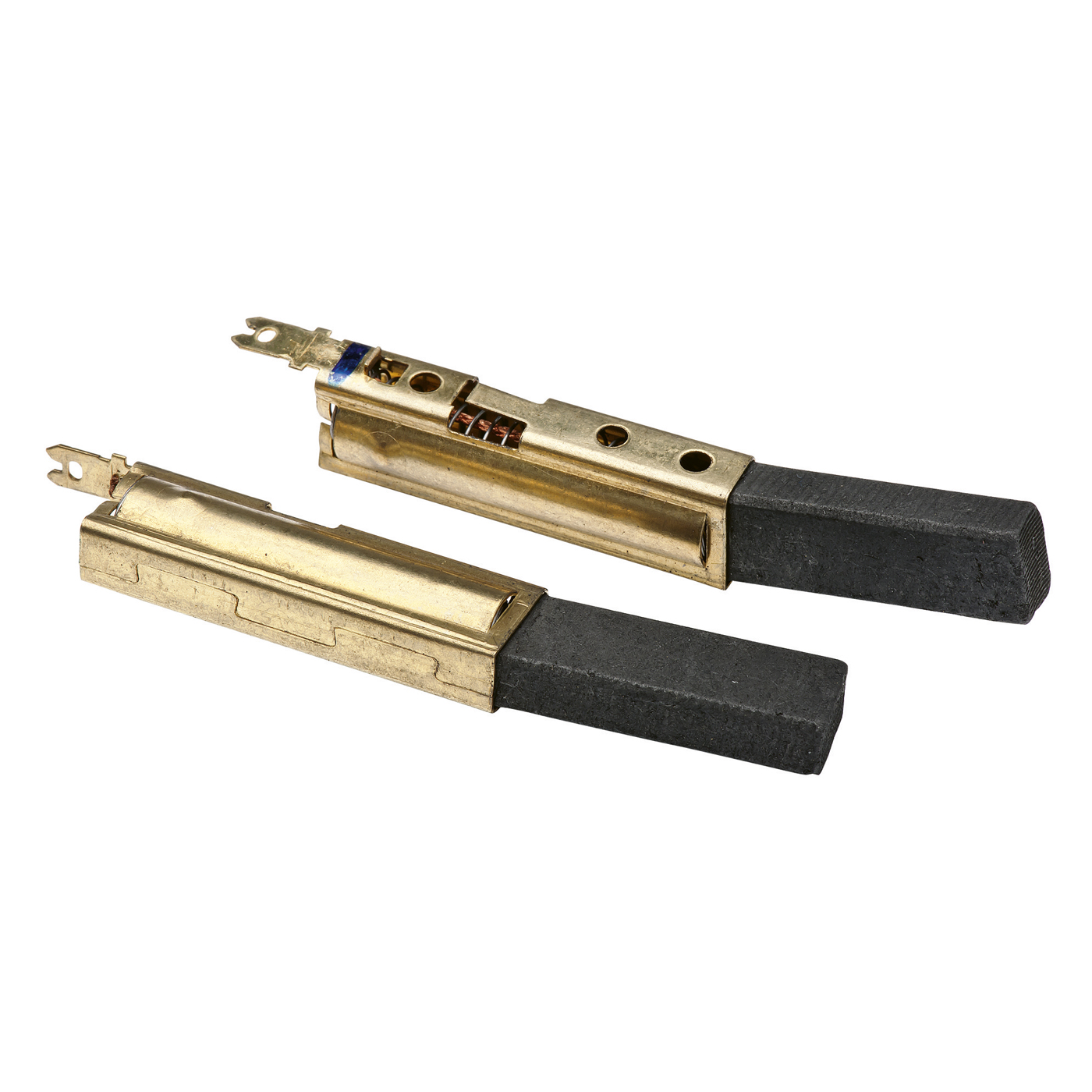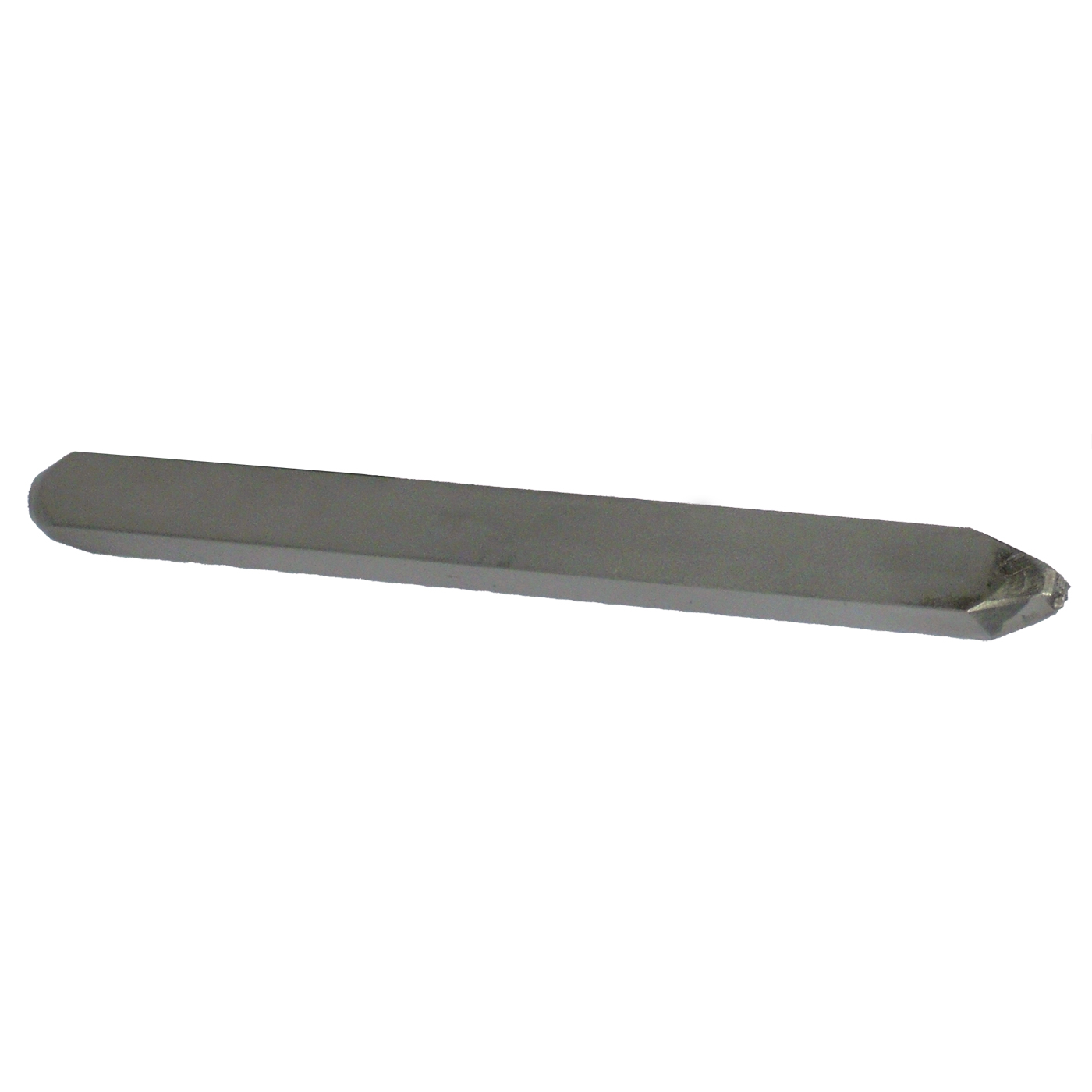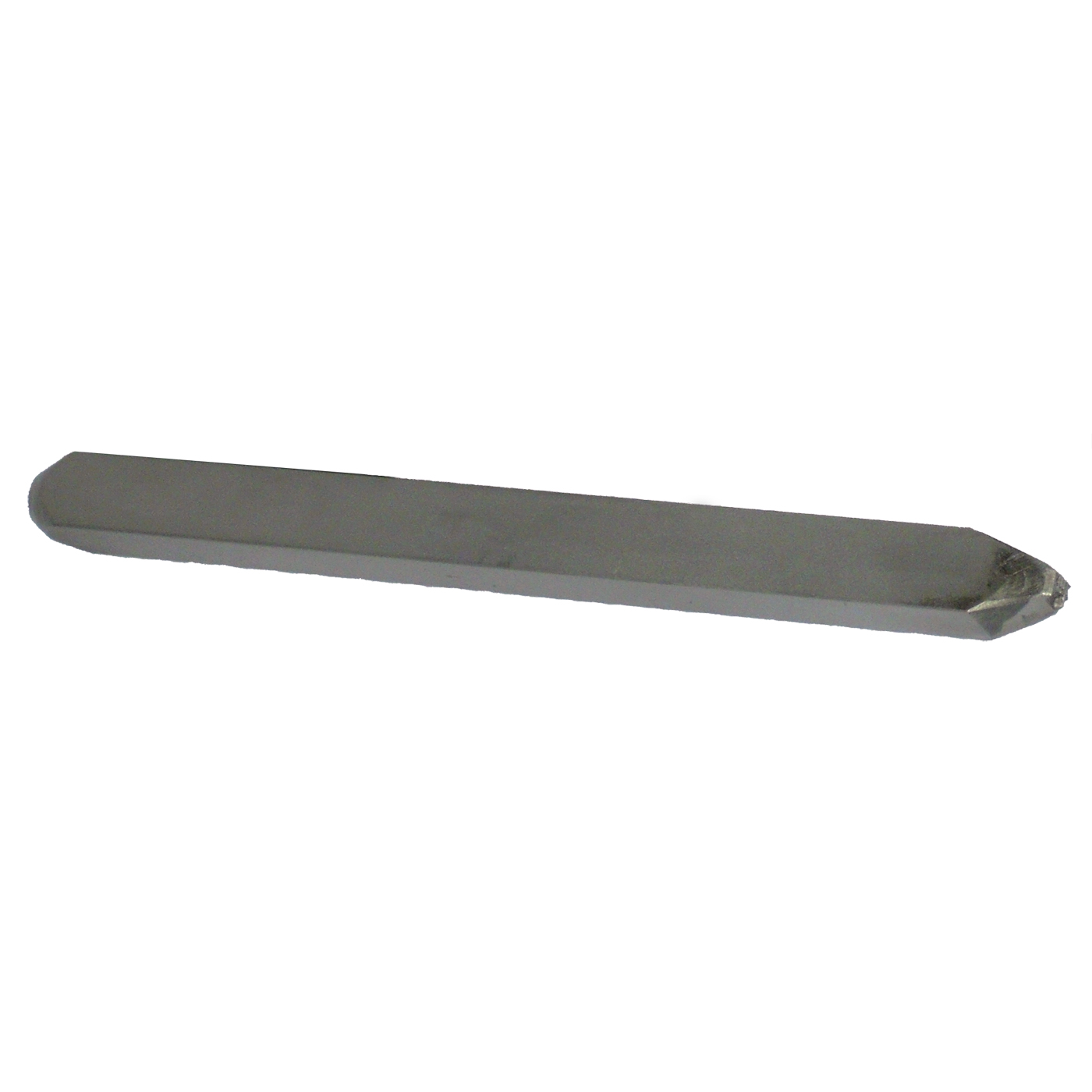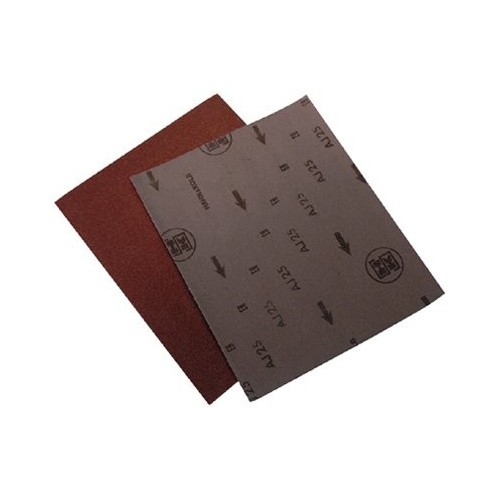Perlstrang, SW-ZP, 7,5-8,0 mm, lachs, rund, AA+ - 1 Stück
available, in stock
- Color: white, pink, silver -, cream -, gold-colored, green, blue,black;
Stroke color: white;
Mohs hardness: 21/2-41/2;
Density: 2.60-2.85;
Fissionability: none;
Fracture: uneven;
Crystals: prismatic, micro-crystalline;
Chemism: calcium-carbonate + organic substance + water;
Transparency: translucent, opaque;
Refraction: 1.52-1.66, black pearls 1.53-1.69;
Birefringence: - 0.156;
Dispersion: none;
Fluorescence: marine pearls weak, natural black pearls red to reddish, river pearls strong pale-green.
(also cultivated pearls, fresh water and sea water pearls)
Strands
Quality AA+
approx. 40 cm
salmon
round
ø 7.50-8.00 mm
Last seen products
available, in stock
partially in stock
will be ordered, not in stock
will be ordered, not in stock
available, in stock
partially in stock





 Questions about the product
Questions about the product

